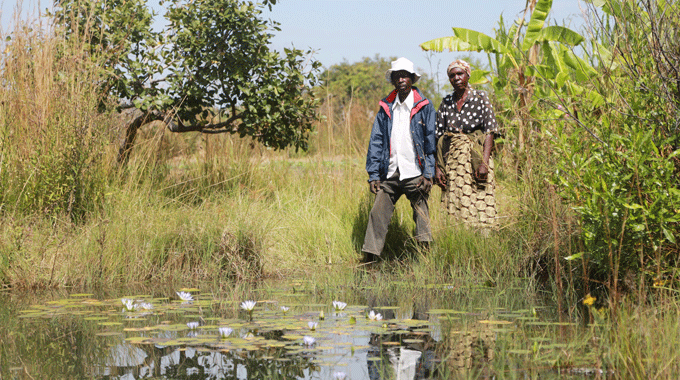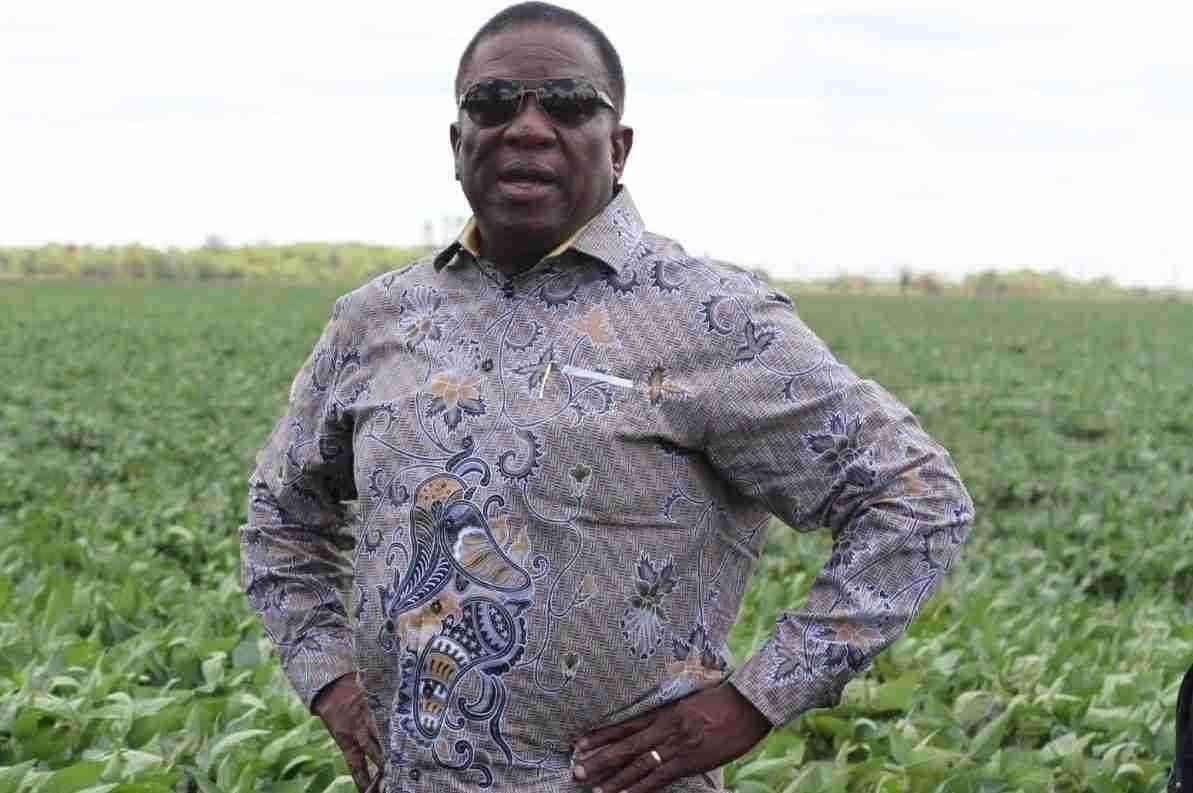
By Kennedy Nyavaya
When a fake statement claiming that the Harare City Council would mow maize crops illegally planted on wetlands across the capital city circulated online, the local authority swiftly denied the claims.
“Council has no plans to slash people’s maize crops and to charge ZWL 25 000 for planting on wetlands. We continue with education and awareness programmes to discourage illegal cultivation. The statement circulating on social media did not originate from council,” read a tweet on their handle @cohsunshinecity.
The tweet may have been good in dispelling the fake piece of information but it also exposed a grim reality that the city fathers are conceding in the battle of safeguarding wetlands.
In essence, when the city council highlighted that it was going to continue “with education and awareness programmes to discourage illegal cultivation”, it was an admission that they have failed to take corrective measures to prevent abuse of wetlands.
Ironically, this comes at a time the repercussions of wetland misuse including cultivation and construction are more glaring than ever.
Articles, pictures and videos depicting flooded houses in and around Harare have swamped several information mediums over the past weeks exposing a ghastly environmental menace left to unfold for far too long.
A significant number of people have been affected by water-logging in spaces where they ought to feel safest in cases of extreme weather, their homes.
- Harare cancels Pomona waste deal
- Devolution gains remain a mirage
- Harare cancels Pomona waste deal
- Pomona saga: Harare handed shock US$750k ‘garbage’ bill
Keep Reading
Reactions to this reality have, as anticipated, been mixed with some pointing fingers at the city’s disconcerting urban planning or lack of it, others have raised concern on the wanton parceling out of land while some blame the flood victims for carelessly building on wetlands or stream banks.
The lingering question is not so much about why people’s properties ended up submerged but how did housing structures end up on ecologically sensitive land?
It is really almost impossible to pin the blame on an individual because infrastructural development on local wetlands has proven to be a collective illicit exercise that has continued for years now without much punitive consequence for violators.
However, now that nature has our attention, the nation needs to take a sustainable stance towards rehabilitation and protection of our wetlands.
Wetlands protection should cease to be a top for discussion only but a firm call to action.
On Wednesday, the world marked World Wetlands Day, an annual date set to mark an anniversary of the Ramsar Convention (a global treaty signed in 1971 and to which Zimbabwe is a signatory) on the preservation and sustainable use of wetlands.
Loosely defined, a wetland is an area that is saturated with water, either permanently or seasonally, such that it takes on the characteristics of a distinct ecosystem.
This is basically where water meets land and this includes lakes, mangroves, peatlands and marshes among other water bodies.
Wetlands play a pivotal role in the water cycle as they recharge underground water by allowing it to sink into the soil, reducing high runoff which is a major cause of flooding.
Within the country’s legal framework, wetlands are protected under the Environmental Management Act, which is the basis on which the Environmental Management Agency (EMA) was commissioned.
However, to date only a fifth of the country’s wetlands are reported to be in a healthy functioning state which means that the situation is fast turning dire while the relevant authorities watch.
In addition to greedy politicians and business people, EMA has on countless occasions been accused of colluding with criminal land barons by questionably giving Environmental Impact Assessments (EIAs) certificates on land unsuitable for development.
But, respect is reciprocal and sustained contempt of ecological systems will end in humanity’s tears when nature reacts as it has over the past weeks.
There is no doubt that the country is experiencing rapid population growth resulting in a corresponding upsurge in infrastructural and housing needs, especially in cities and urban centres, a development fuelling ecological chaos.
Statistics suggest that over 60% of Zimbabwe’s population is under the age of 30 years and it is this youth bulge that feeds into the appetite for land, particularly residential.
Also, as a result of rural-to-urban migration, a significant number of this young population usually find themselves in urban set-ups in search of better economic opportunities for life sustenance.
While at it, they need roofs over their heads and that has triggered an urban town planning crisis as major cities like Harare continue to accommodate more than was initially planned for.
The result has been the building on environmentally sensitive land, including wetlands and prime agricultural land, which would otherwise provide positive contribution to the healthy livelihoods of urban dwellers.
Notwithstanding that most open green spaces in Greater Harare are vleis or wetlands, the presence of open spaces is not a coincidence as it is in line with an initial town planning scheme to protect spaces like ecologically sensitive areas.
Accommodation may be an immediate headache for citizens, but there has been laxity from city leaders to consider the health of the environment yet it is a pertinent component of mankind’s existence.
Development on wetlands and other environmentally sensitive spaces should be a non-starter if there is any commitment to building sustainable cities in the country.
Apart from the recent flooding, Harare and surrounding areas have faced serious water shortages particularly over the last decade in what should be wakeup call to stop environmental crime.
Meanwhile, authorities entrusted with protecting the environment may be failing owing to one reason or the other but if ordinary citizens also do not take a collective as well as proactive stance towards securing and rehabilitating our wetlands, we are yet to jointly witness the worst consequences.









